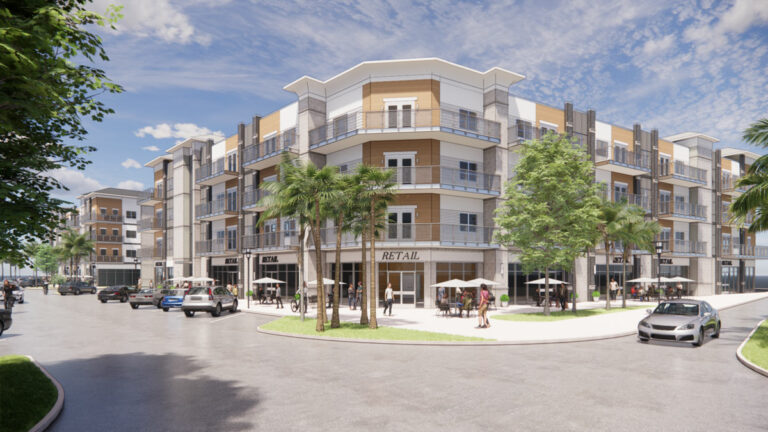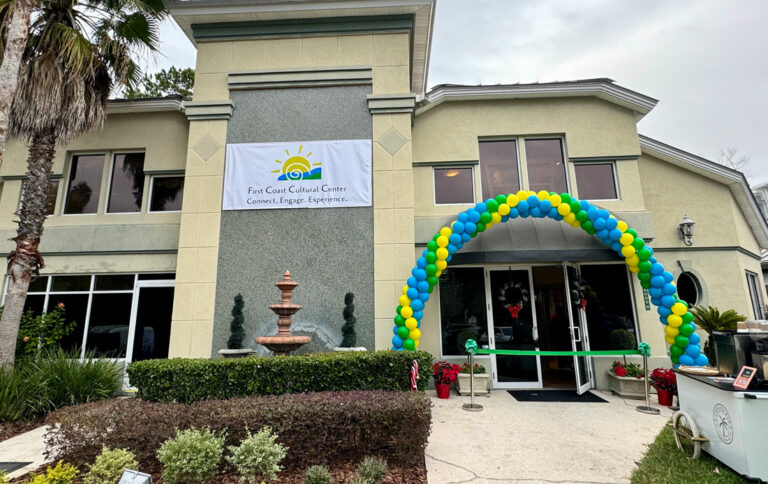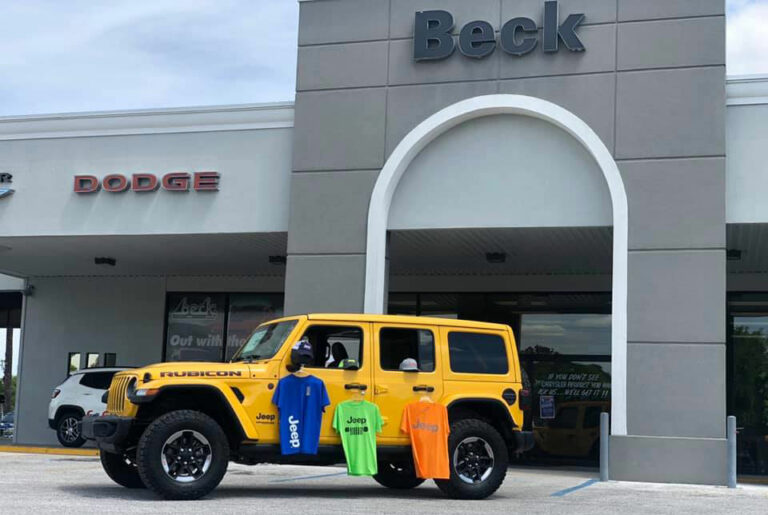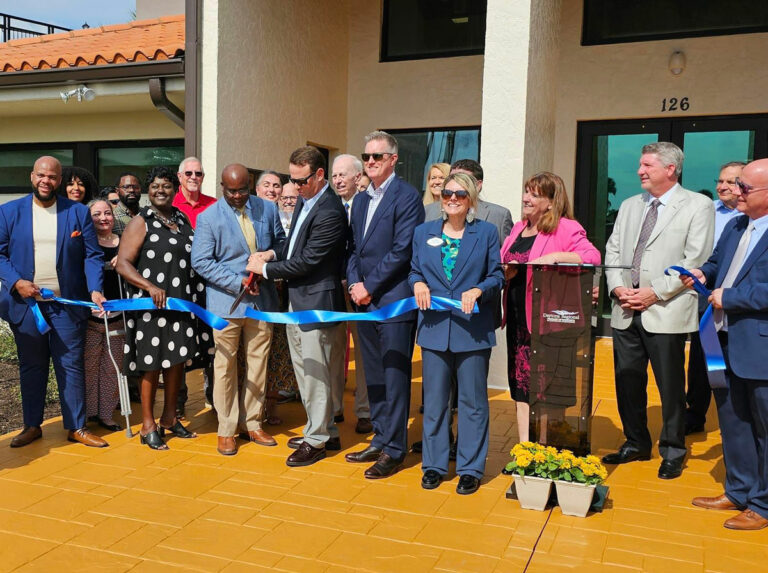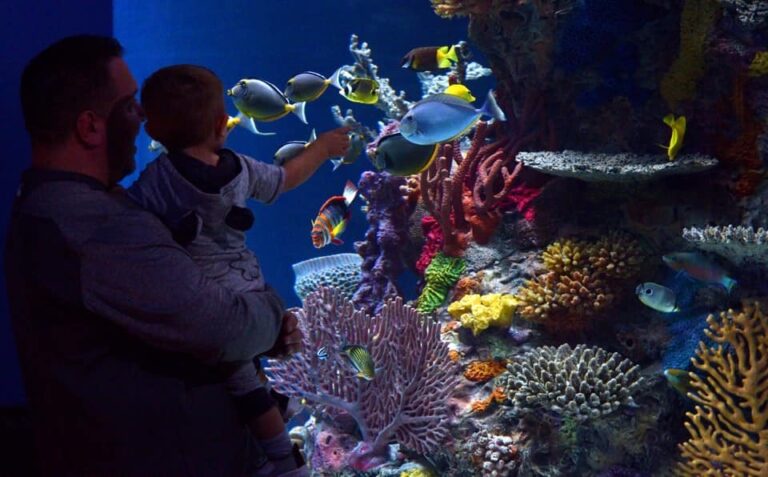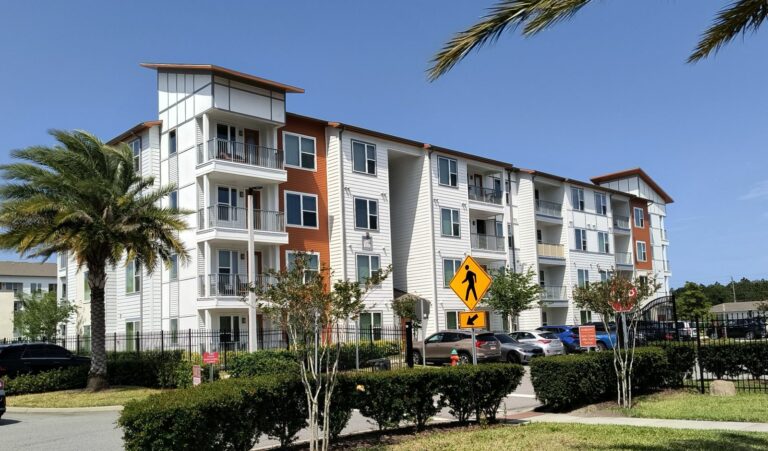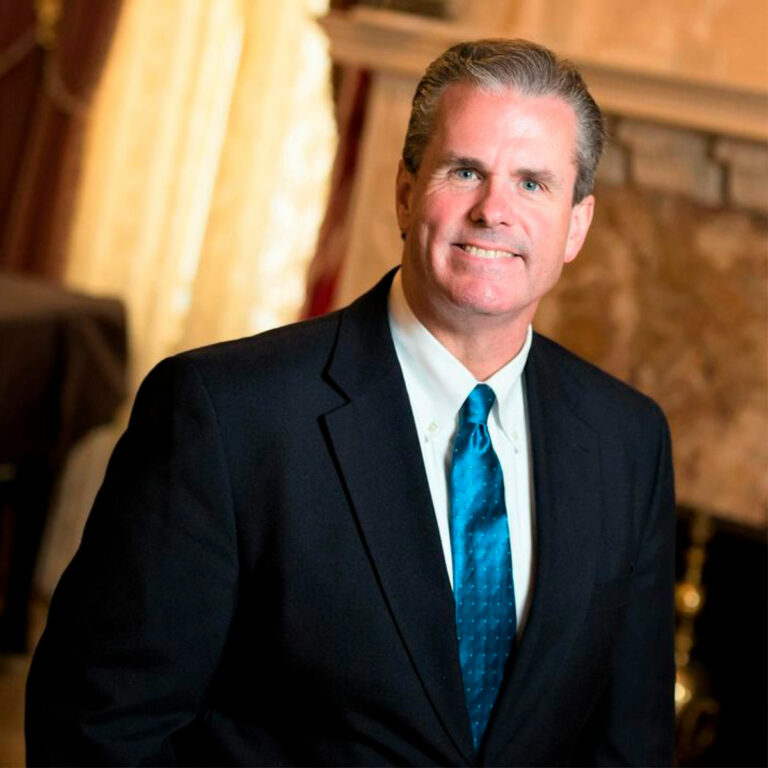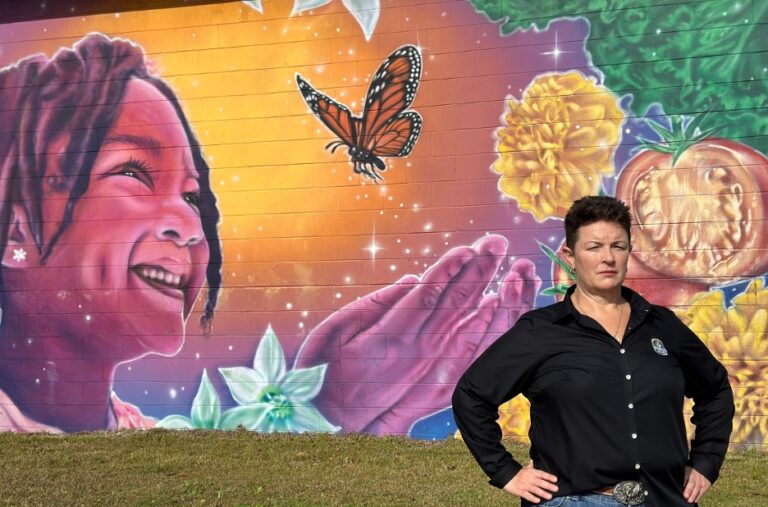West Volusia’s Surging Growth Sparks Opportunity
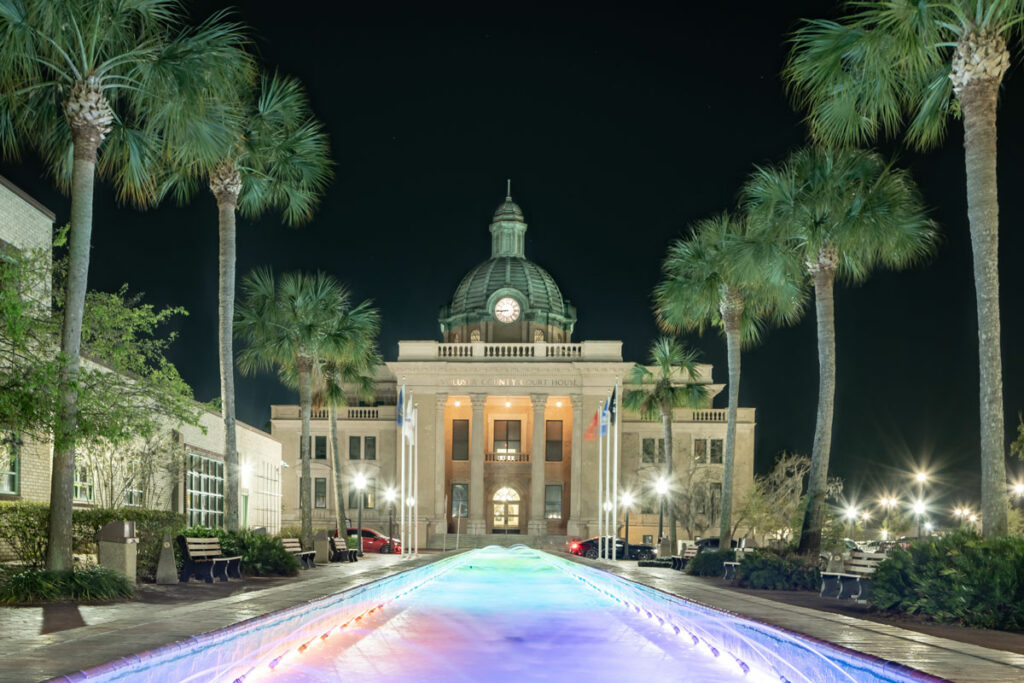
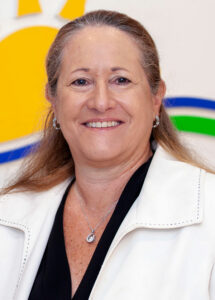
For years, Daytona Beach was the hot spot in Volusia County.
That’s all changing, though.
As big businesses and developers come in, growth is stretching even more into West Volusia these days. With different housing opportunities and an award-winning main street and trail system, word is out that Volusia is the place to work, play and live.
At this point, residential building permits are almost equal on both sides of the county, says Suzanne Konchan, deputy county manager for Volusia County. Given that Volusia County companies create $20 billion in GDP locally and globally, the growth isn’t all that surprising.
“The west side is beginning to grow in commercial development — as naturally happens — especially in Deltona and DeLand,” says Konchan. “That’s accommodating community, retail and hotel development that has come along and is supplementing the residential development.”
While it may feel to residents navigating construction zones that the growth is suddenly booming, Konchan says it’s a thoughtful planning process decades in the making.
It’s been more of a slow and steady development, she says.
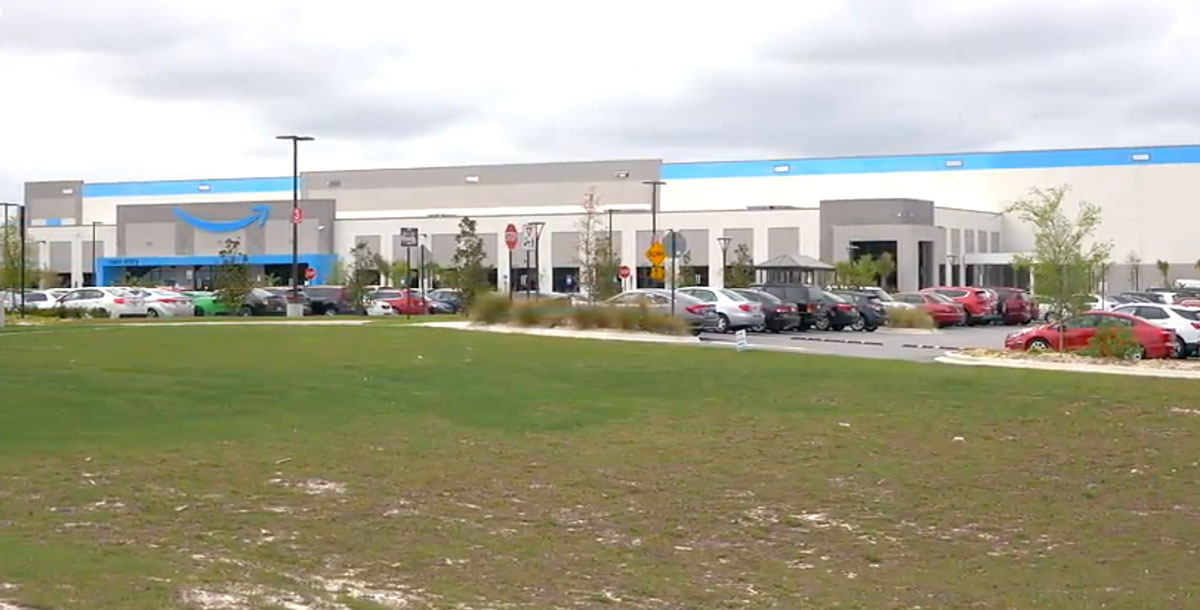
Like the one million-plus-square foot Amazon warehouse that opened in 2024, another upcoming Amazon logistics facility is planned for across the street from its existing first-mile fulfillment center in Deltona.
“Volusia County has had a more moderate rate of growth,” she says, pointing to neighboring St. Johns County as one that’s been more explosive.
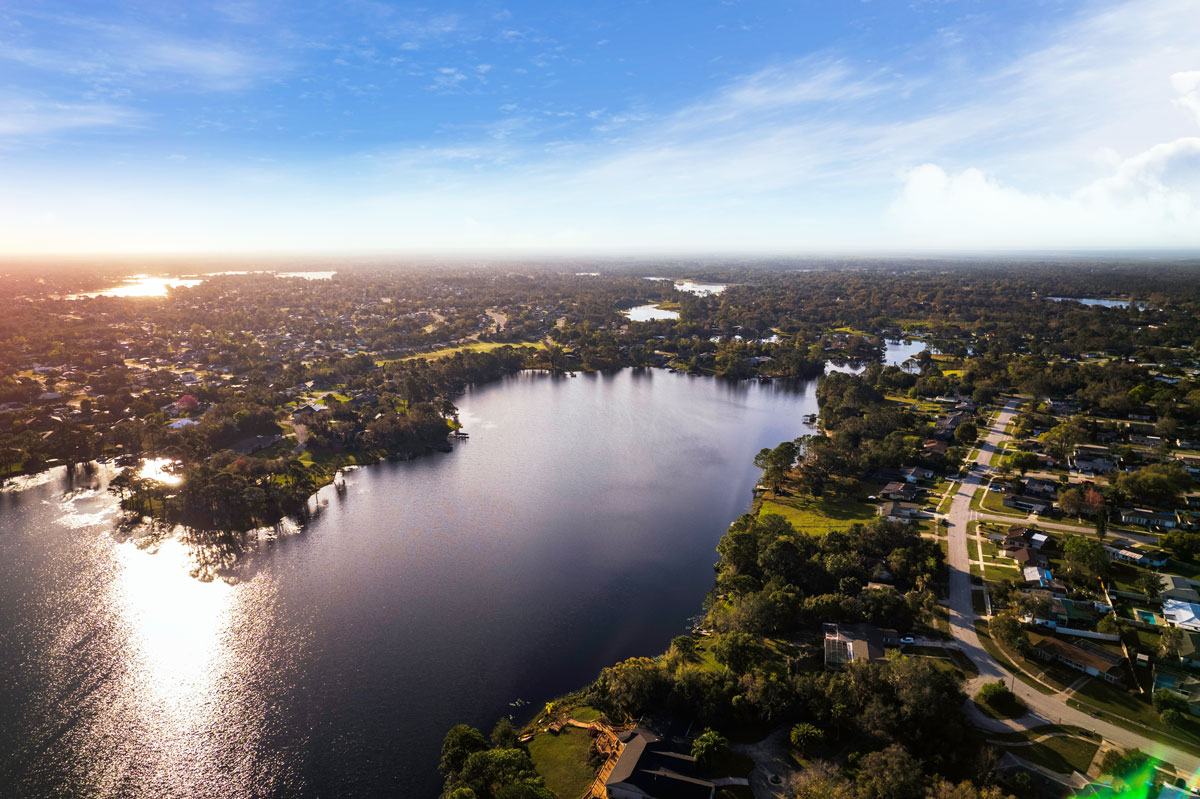
“They’re doing a 2050 comprehensive plan now,” she notes. “Like a Publix at SR 44 and Kepler Road — that’s all been contemplated for decades. They saw where it made sense, and they followed that plan. A lot of growth has happened in that manner. A lot of our growth has happened in our cities where urban amenities exist and for what complements city boundaries. I think that’s why it’s such a nice place to live over here.”
Karla Elias sees the growth as a good thing. As a long-time Volusia County resident and mortgage loan officer, she’s watched what she calls a “holistic approach” develop over several years throughout West Volusia.
She points to DeBary, in particular, which has seen an increase in residential and commercial development. Earlier this year, DeBary broke ground on its future downtown space — all sparked by local builds and the SunRail Station expansion.
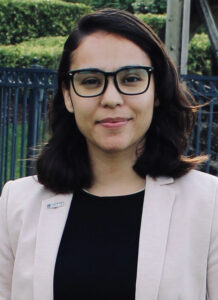
Elias said the city carefully considered ways to keep the “small-town charm” while balancing organic growth. Doing so included the city negotiating with developers to downsize to 700 homes instead of the 1,200 originally planned. The extra space will be for grocery stores, restaurants and other retail spaces.
Another move she notes: For $3.5 million, the city of DeBary purchased Alexander Island, a 170-acre property, from a private group that wanted to turn it over to residential developers. Now, it will have a passive park and a freshwater marsh, and it will also have an education and research center run by the Aquatic Preserve Alliance. Plans for the area will be finished this summer.
While there is a lot going on development-wise, things will eventually settle. It’s what Elias hopes residents will see as the developments finish and eventually open to the public.
“For citizens who would like to keep where they live more residential, the influx of more people and business to the area might not be their cup of tea,” she says. “However, historically, the development of areas always brings in a more diverse revenue stream for counties and the cities within it. People want to live and shop in the areas they live in, so more commercial development is not always a bad thing as long as we continue to keep in mind the heart of the city itself.”


